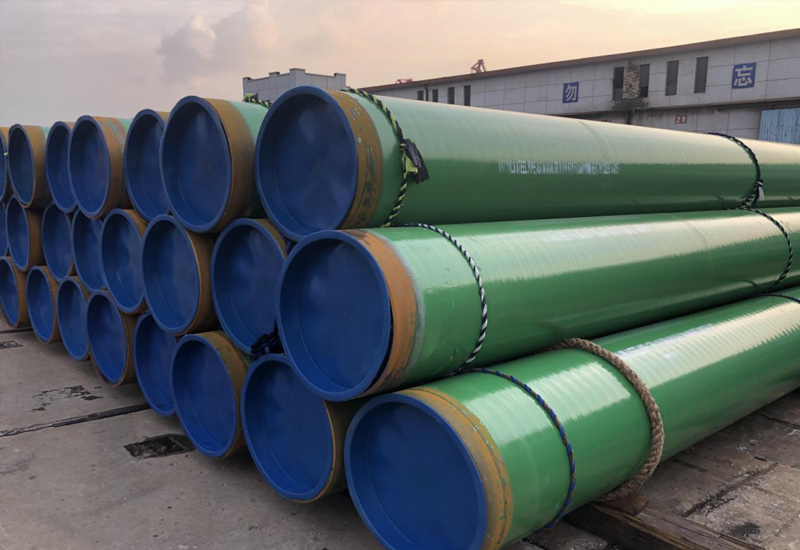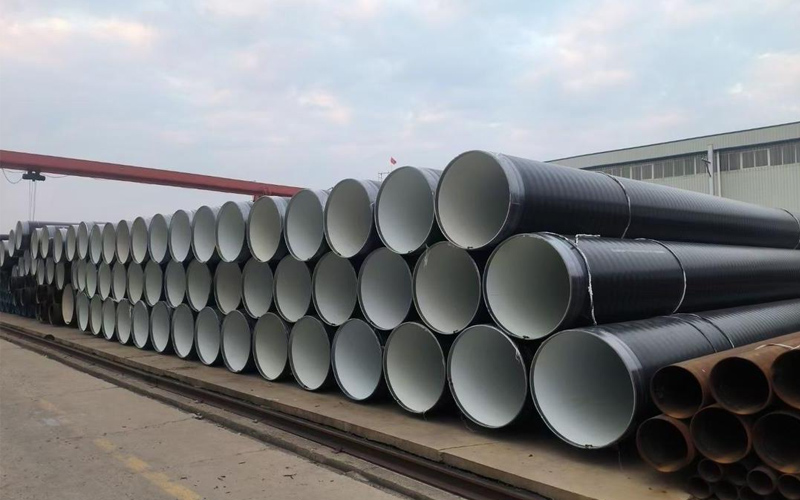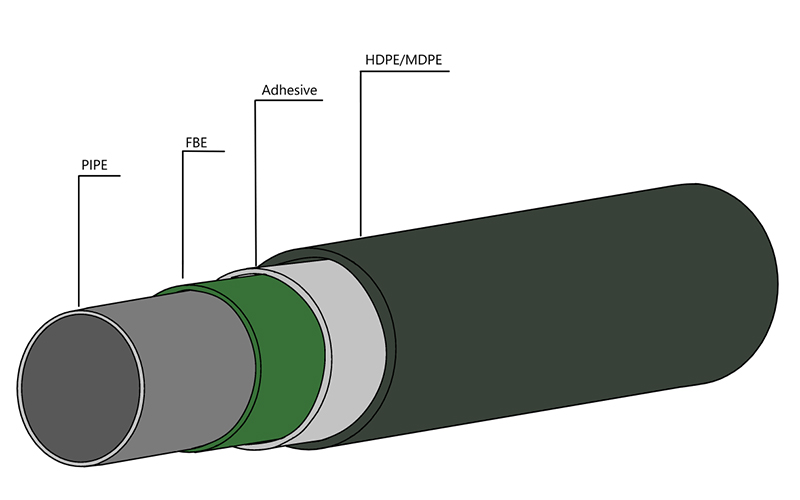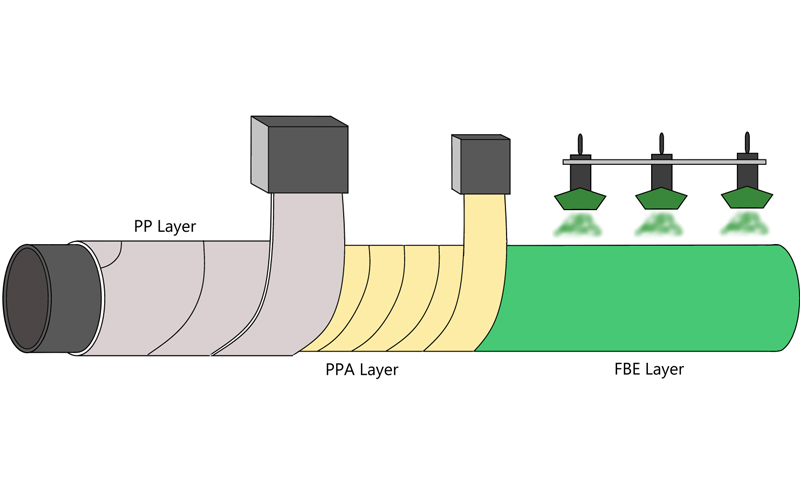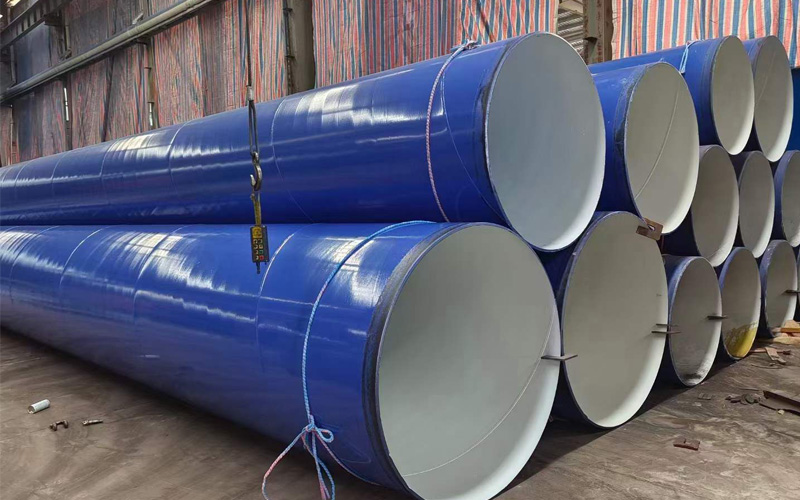EN 10219 vs. ASTM A53: A Guide for Structural Pipe
Choosing the Right Standard for Your Structural Steel Pipe
In global engineering, selecting the right regional standard for structural steel pipe impacts safety, performance, and long-term durability. For professionals on international projects—from structural engineers to procurement teams and steel fabricators—the choice narrows to Europe’s EN 10219 and America’s ASTM A 53. Understanding EN 10219 vs ASTM A 53 is key to make the selections meet the project objectives, local regulations and even climate-related needs (such as the cold winter in northern Europe or the milder regions in North America) -this guide breaks the core difference of informed decision-making.
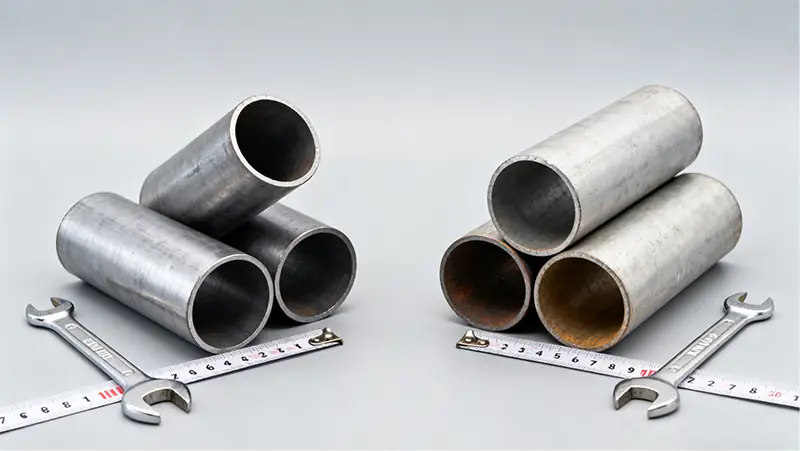
An Overview: What are EN 10219 and ASTM A53?
These two standards both manage structural steel pipe, but solve the regional industrial demand, management frameworks and environmental conditions.
EN 10219: The European Standard for Cold Formed Hollow Sections
EN 10219 (CEN-published) specifies cold-formed, welded/seamless hollow sections for non-alloy/fine-grain steels—purpose-built for structural use (building frames, bridges, offshore platforms in the North Sea). Cold forming boosts strength, dimensional consistency, weldability, and overall structural stability; strict traceability requires batch test reports covering chemical composition, mechanical properties, and low-temperature performance data (critical for sub-zero climates).
ASTM A 53: The American Standard for General Purpose Pipe.
ASTM A 53 (ASTM International) covers seamless/welded pipe used for structural and non-structural purposes (scaffolding for construction sites, transportation of fluids such as water in municipal systems or natural gas in residential areas, and industrial coolants in light industry). Divided into Type F, Type E, and seamless variants, its versatility is a strength—but structural requirements are less specialized than EN 10219, lacking explicit provisions for extreme weather resilience.
Head-to-Head: Key Differences Between EN 10219 and ASTM A53
The key difference between EN 10219 and ASTM A 53 lies in scope, grades, composition and performance-this is the key to evaluate EN 10219 and ASTM A 53.
| ComparisonFactor | EN10219 | ASTMA53 |
| Scope & Application | Specialized structural: Load-bearing components; excludes fluid conveyance. | Dual-purpose: structural (light) +unstructured(low-pressure/medium-pressure fluids); Not applicable to overloading. |
| Material Grades | S 235, S 275, S 355 (fine-grain/non-alloy; According to the yield strength classification). | Grade A, Grade B (non-fine-grain; graded by tensile strength; Limiting the low temperature performance). |
| Chemical Composition | Strict C/Mn controls: S 235 (C≤0.17%, Mn≤1.40%) and S 355 (C≤0.20%, Mn ≤ 1.60%); Limits of ductility/weldability is s/p. | Elastic limits: Grade A (C ≤ 0.25%, Mn ≤ 1.20%) and Grade B (C ≤ 0.30%, Mn ≤ 1.65%); Higher C will reduce ductility and increase welding risk. |
| Mechanical Properties | Focus on yield strength: S 235 (minimum yield of 235 MPa, tensile strength of 360-510 MPa) and S 355 (minimum yield of 355 MPa, tensile strength of 470-630 MPa); Mandatory -40°C impact testing for S 355. | The emphasis is on tensile strength: Grade A (minimum yield of 205 MPa, tensile strength of 330 MPa), Grade B (minimum yield of 240 MPa, tensile strength of 415 MPa); No mandatory impact testing. |
| Dimensional Tolerances | The assembly accuracy is strict (10% of wall thickness) | Larger (12.5% of the welded pipe wall thickness); Additional quality inspections may be required. |
EN 10219 vs ASTM A 53 is a performance choice: EN 10219 is suitable for high load/high precision or cold climate projects (for example. Bridges of Scandinavia; ASTM A 53 for versatility/cost-efficiency in mild conditions (e. g. U.S. residential builds).
Practical Implications for Your Project
1. Compliance with Local Codes.
European projects (Eurocode 3) authorized EN 10219; ASTM A 53 is required in North America (AISC 360). Wrong standards can lead to costly delays, rework, and even rejection by regulators-for example, using ASTM A 53 in a high-rise building in Germany could lead to the rejection of permits. Cross-border projects need authority approval for “equivalent” standards, supported by detailed performance data.
2. Load-Bearing Capacity
EN 10219’s higher yield strength (e. g. S 355’s 355 MPa) suits heavy structures (high-rises, bridges, industrial cranes lifting 50+ tons). ASTM A 53 works for light use (residential frames) but fails to meet heavy-load demands, risking structural strain over time.
3. Precision and Assembly
EN 10219’s tight tolerances reduce on-site modifications, aiding complex designs like curved frames for modern museums or modular builds. ASTM A 53’s wider tolerances may cause fitment issues in prefabricated structures, increasing labor time by 10-15% in some cases.
4. Cost Considerations
ASTM A 53 is 10-15% cheaper for low-stakes, short-term projects (temporary event structures with 1-2 year lifespans). But heavy use may need thicker walls (offsetting savings), and its higher corrosion risk adds \(5,000-\)10,000 in annual maintenance for coastal projects. EN 10219’s higher cost justifies long-term durability for permanent infrastructure.
5. corrosion Resistance
The stricter composition of EN10219 improves adhesion of protective coatings (electroplating, epoxy resin) and prolongs the service life of EN10219 by 15-20 years in harsh environment. The higher C value of ASTM A 53 has the risks of accelerating corrosion in coastal/industrial areas, and requires frequent inspections and repair every 2-3 years.
Conclusion
The EN 10219 vs ASTM A 53 choice for structural steel pipe depends on project location, load needs, precision, budget, environment, and lifespan. EN 10219 excels in high-performance, permanent structural use; ASTM A 53 in versatile, short-term or light-duty scenarios.
As a global supplier of structural steel pipe, we provide EN 10219 (s 235/s 275/s 355) and ASTM A 53 (Class A/B) as well as customized anti-corrosion coating solutions (such as. Marine grade epoxy resin for offshore engineering). Our experts help to evaluate standards and optimize the options to ensure the success of the project.
In the end, the correct standard are consistent with long-term goal-understanding differences to ensure safe, compliant and lasting projects.
Get Your Custom Steel Pipe Quote Today!
Provide us with your project details (like application, specifications, quantity). Our experienced team will respond with a tailored solution and competitive quote within 24 business hours.
Related Articles
ASTM A53 vs. API 5L: A Guide to Selection and Application
Introduction:Technology differences determine success or failure, and selection needs to be “precise”
Steel Density Analysis: Core Differences between Mild and Medium Carbon Steels and Industrial Applications
3LPE coated steel pipe: a solid barrier in the field of industrial corrosion protection
3LPP coated pipe: anti-corrosion guard in high temperature and high pressure environment
FBE steel pipe: the technological armor of the steel defense line
HOT TAGS
latest posts
- Introduction:Technology differences determine success or failure, and selection needs to be “precise”
- FBE Steel Pipes: Corrosion Protection Redefined
- DIN 30671: A Guide to FBE Coating for Steel Pipes
- A Guide to Structural Pipe: ASTM A500vsEN10219
- Weld Seam Integrity: A Deep Dive into LSAW vs. SSAW Pipe




